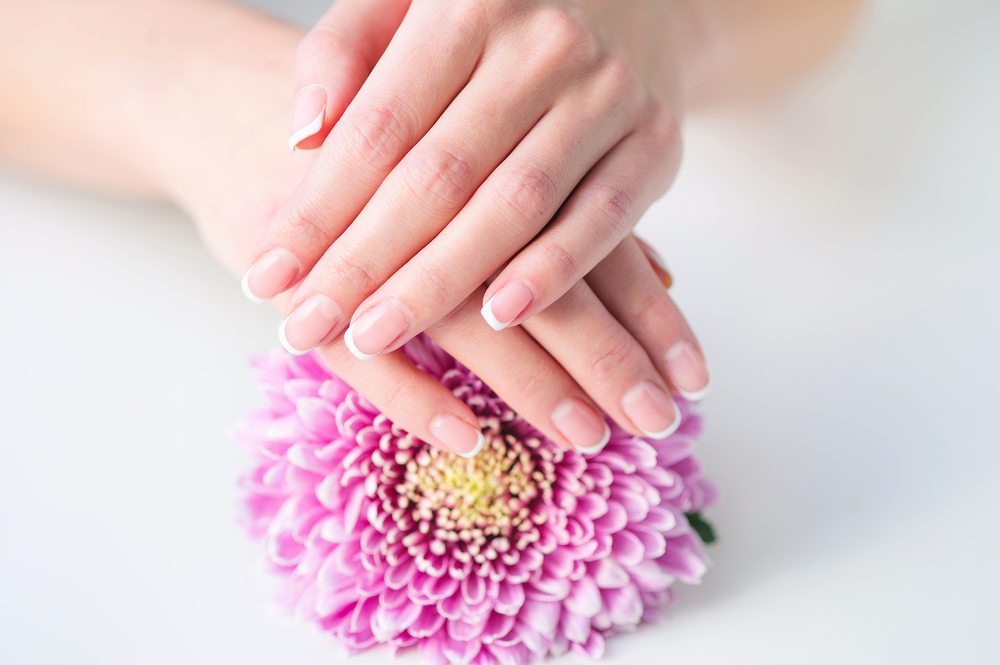Facial Rejuvenation Options
Every impression we make on the world begins with the face. Loved ones look into our eyes to better understand who we are. They grow to treasure each expression, the familiar curve of our smile, the eyebrow raised. Even strangers can often catch a glimpse of our personality with a passing glance.
At Sieber Plastic Surgery, we believe that the health and beauty of your face is always worth preserving. From seasonal-specific skin care to treatments and surgical operations, there are a variety of ways to care for your most defining characteristic.
Minimally-Invasive Treatments
Fortunately, intensive skincare does not have to mean invasive or harsh procedures. At Sieber Plastic Surgery, we have several minimally-invasive ways to rejuvenate your facial canvas. The facial rejuvenation treatment that is right for you will depend on your specific aesthetic concerns.
Injectables
If premature facial aging has caused your facial skin and facial muscles to droop, you may begin to lose self-confidence. Lost volume, skin laxity (sagging skin) as well as lines and wrinkles, is common with age, but thankfully there’s a non-surgical solution with injectables. Dermal fillers are a popular choice. The injectables options we offer range from soft, medium to firm—depending on the areas you wish to treat.
Soft tissue fillers like hyaluronic acid are very popular and always growing in demand. Hyaluronic acid and other filler injections are able to treat superficial lines around the mouth, lips and forehead, helping to create beautiful facial contours and a youthful appearance. Hyal If your concerns are with nasolabial folds or deeper forehead lines, medium fillers may be the better option. Firm fillers, like Voluma and Radiesse, are reserved for those who need extra support and volume to the chin, cheeks, jawline or temples.
With quick sessions that generally only take an hour, many patients come in over their lunch break to receive cosmetic treatment. Results from injectables typically last anywhere from 6 to 18 months, depending on the type you receive. While the results aren’t permanent, many patients appreciate the subtle transformation—as friends and family usually cannot tell that your rejuvenated appearance is due to a cosmetic procedure.
Laser Skin Resurfacing
Another non-surgical facial rejuvenation option is laser resurfacing. This treatment is most beneficial for those who have sun-damaged skin. Fine lines, wrinkles and sun spots can create an appearance you’re just not proud to wear, but with laser skin treatments by Dr. Sieber you can effectively improve the tone and texture of your face.
This facial rejuvenation procedure itself is fairly quick and can take anywhere from 15 minutes to an hour to complete. Recovery from this will depend on the level of treatment you received. If your skin only required light facial rejuvenation treatments, you may only experience slight reddening of the skin for the first 24 hours. Deeper treatments, however, may leave you with red, peeling skin that lasts anywhere from one to seven days.
 When to Consider Surgery
When to Consider Surgery
If you are seeking more long-term results than the facial rejuvenation treatments mentioned earlier can provide, we offer many cosmetic surgical procedures which can make a significant and positive difference in your appearance. Whether your concerns are with your eye area, chin, entire face or neck, Sieber Plastic Surgery can effectively turn back the clock on your skin.
Eyelid Surgery
If you’re unhappy with the look of your droopy eyelids or the bags beneath your eyes, an eyelid surgery may be a great option. Also referred to as blepharoplasty, this procedure works by removing the excess skin and fat from your upper or lower lids to provide you with a more refreshed and rested appearance.
Eyelid surgery may leave you with some mild to moderate swelling and bruising, but this should subside within the first couple of days. While you will likely notice an improvement as soon as the initial swelling goes down, it may take up to six months for your final results.
Facelift
A facelift by Dr. Sieber can drastically reduce signs of aging by increasing elasticity and tightening loose or tired skin. The procedure itself takes about four to five hours to complete, but the results can last anywhere from five to ten years. As with any surgical operation, you will require some downtime to allow your face to heal. You can expect some pretty severe swelling for the first week after facial plastic surgery, but as it subsides you will begin to notice your younger, natural-looking appearance.
Neck lift
Sometimes patients are more concerned about skin laxity and the area below the face, such as the jawline and the skin around the neck. This can be treated through a neck lift, which removes the excess wrinkles and fat deposits that can form around the chin. Although the neck is often overlooked, its appearance makes a significant impact on your overall appearance and most patients will be fully recovered after just a couple of weeks.
Questions and Answers
What does facial rejuvenation do?
Laser skin resurfacing and rejuvenation represent cutting-edge developments in the field of plastic surgery, aimed at enhancing skin color, texture, and tone, while also minimizing the appearance of wrinkles and fine lines.
How long does facial rejuvenation last?
Skin resurfacing treatments may have a lasting effect over several years, yet achieving optimal results often necessitates multiple treatment sessions.
Is facial rejuvenation the same as facelift?
The key distinction between a facelift and pan-facial rejuvenation (PFR) lies in their nature. While a facelift is a singular surgical procedure, pan-facial rejuvenation encompasses a series of procedures. The specific interventions undertaken will be tailored to your desired outcomes, skin condition, and facial characteristics.
Book Your Facial Rejuvenation Consultation
With so many options, we understand that it might be hard to know how to proceed. That is why we are here to help. Give Sieber Plastic Surgery San Francisco a call at 415-915-9000. We would be more than happy to schedule you a consultation and get you on your way to healthy, vibrant-looking skin.



 When to Consider Surgery
When to Consider Surgery Surgical Fat Transfer Procedure
Surgical Fat Transfer Procedure Yes. You will likely have a few scars from the Brazilian butt lift work you have done. But we are happy to report that scars from BBL surgery are typically quite minimal because they are so small.
Yes. You will likely have a few scars from the Brazilian butt lift work you have done. But we are happy to report that scars from BBL surgery are typically quite minimal because they are so small.

 How well your surgeon closes your incisions
How well your surgeon closes your incisions